Optimal Times for Roof Inspections
Roof inspections are most effective when conducted during specific times of the year to ensure optimal assessment and maintenance planning. Typically, the best periods are late spring and early fall, when weather conditions are moderate and conducive to thorough inspections. Inspections during these times help identify issues before extreme weather seasons, reducing the risk of damage and costly repairs.
Performing inspections after storms or severe weather events is also recommended to assess potential damage caused by wind, hail, or heavy rain. Regular inspections, ideally twice a year, can extend the lifespan of a roof by detecting problems early and maintaining its integrity.
Spring inspections help identify winter-related damage and prepare the roof for upcoming summer weather conditions.
Fall inspections ensure the roof is in good condition before winter, preventing leaks and ice dam formation.
Inspections after storms detect damage early, minimizing repair costs and preventing further issues.
Biannual inspections promote longevity by catching minor problems before they escalate.

Ways to make Roof Inspections work in tight or awkward layouts.
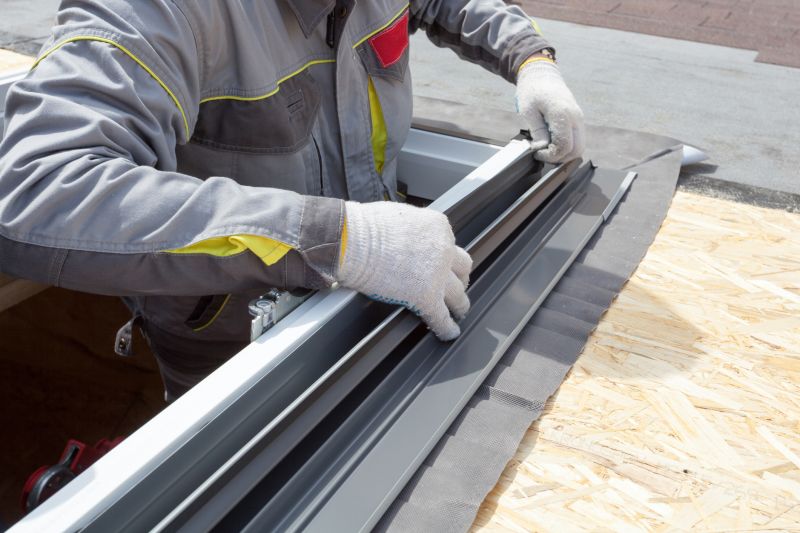
Popular materials for Roof Inspections and why they hold up over time.
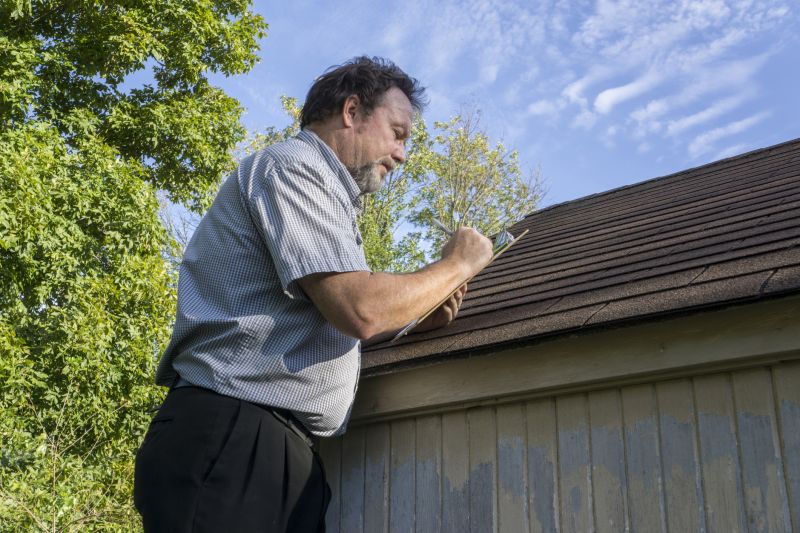
Simple add-ons that improve Roof Inspections without blowing the budget.

High-end options that actually feel worth it for Roof Inspections.
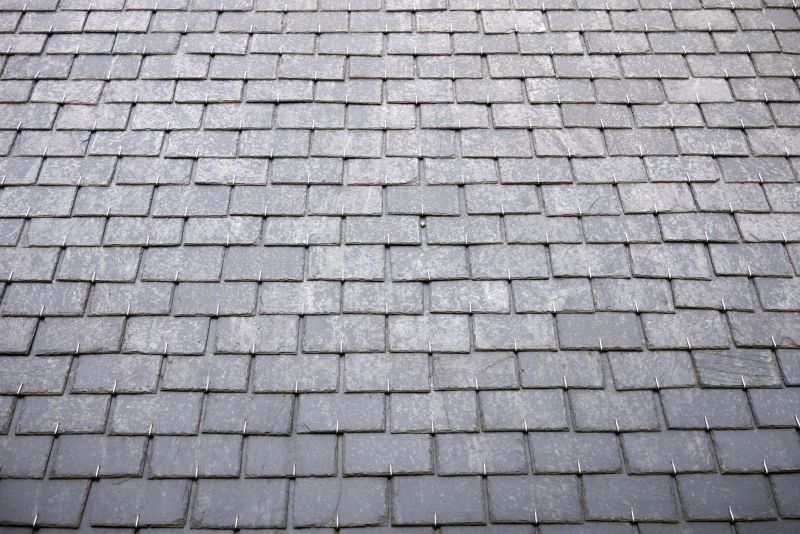
Finishes and colors that play nicely with Roof Inspections.
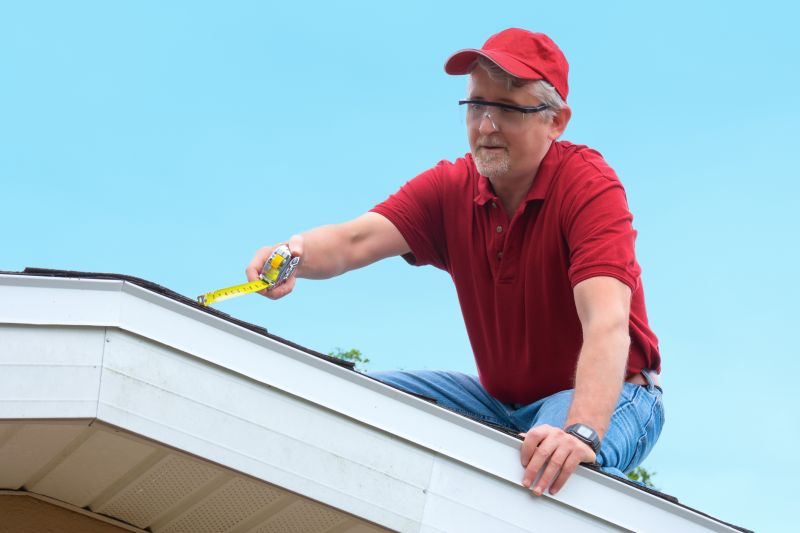
Little measurements that prevent headaches on Roof Inspections day.
Regular roof inspections are essential for maintaining structural integrity and preventing costly repairs. They help detect issues such as missing shingles, leaks, or structural damage early, which can significantly extend the lifespan of a roof. According to industry statistics, a well-maintained roof can last up to 25-30 years, compared to 15-20 years for neglected roofs.
Inspections also contribute to safety by identifying potential hazards like loose or damaged tiles that could fall or cause further damage. Professionals recommend scheduling inspections at least twice annually and after severe weather events to ensure the roof remains in optimal condition.
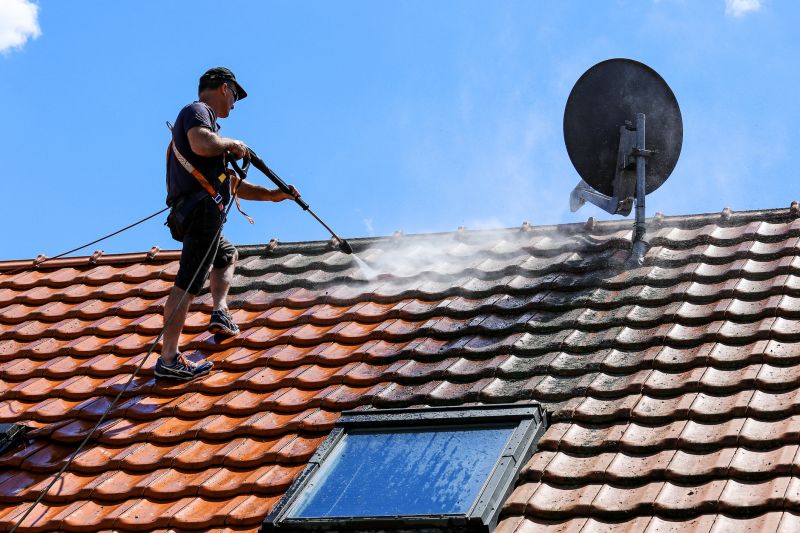
A 60-second routine that keeps Roof Inspections looking new.
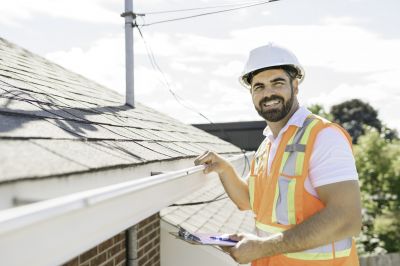
A frequent mistake in Roof Inspections and how to dodge it.

Small tweaks to make Roof Inspections safer and easier to use.
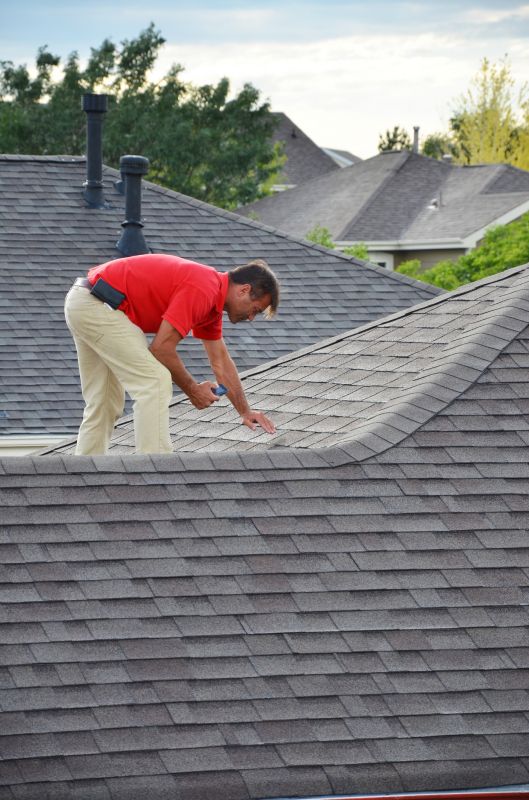
Lower-waste or water-saving choices for Roof Inspections.

The short, realistic tool list for quality Roof Inspections.
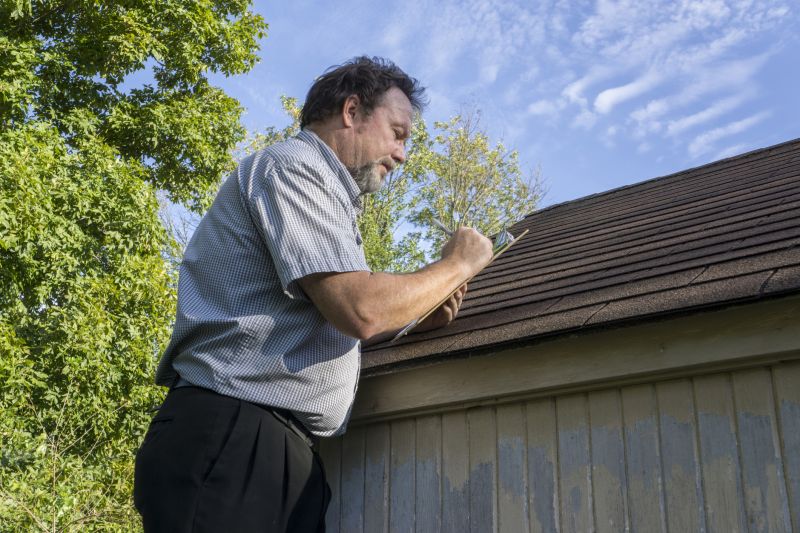
Rough timing from prep to clean-up for Roof Inspections.
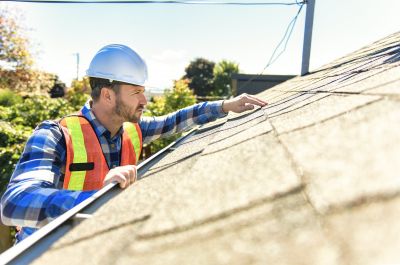
Quick checks and paperwork to keep after Roof Inspections.
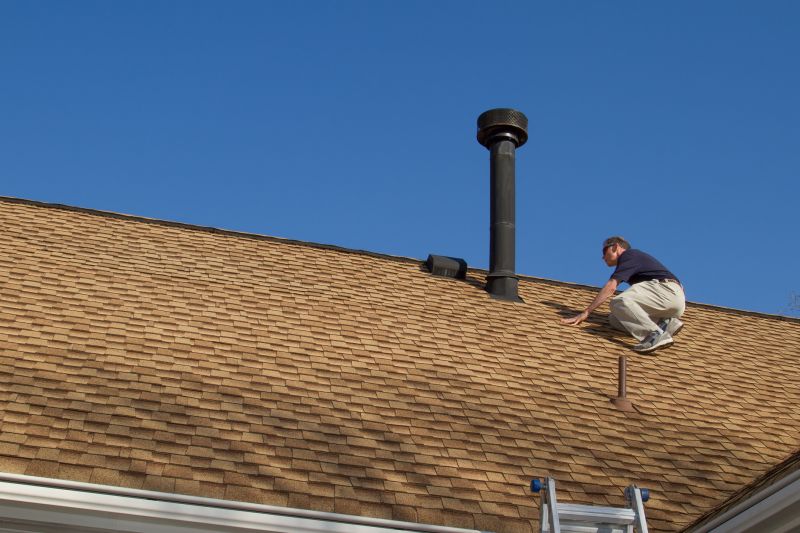
Examples that show the impact a good Roof Inspections can make.
| Season or Timing | Recommended Action |
|---|---|
| Spring | Perform a comprehensive inspection to identify winter damage. |
| Fall | Inspect and prepare the roof for winter conditions. |
| Post-Storm | Check for storm-related damage immediately after severe weather. |
| Biannual | Schedule routine inspections for ongoing maintenance. |
| Pre-Winter | Ensure all repairs are completed before snow and ice accumulate. |
| Early Summer | Assess for any damage caused by spring storms. |
| Late Summer | Perform minor repairs and maintenance as needed. |
| After Heavy Rain or Hail | Inspect for leaks or structural damage. |
Interested in scheduling a roof inspection? Filling out the contact form can help set up an appointment at a convenient time for assessment and maintenance planning.



